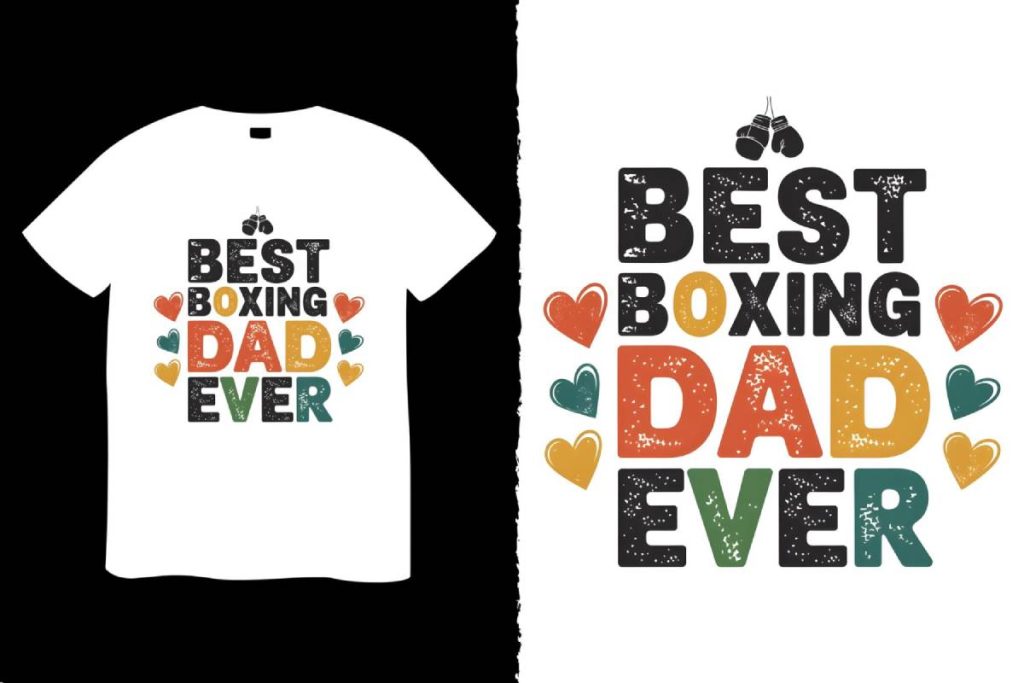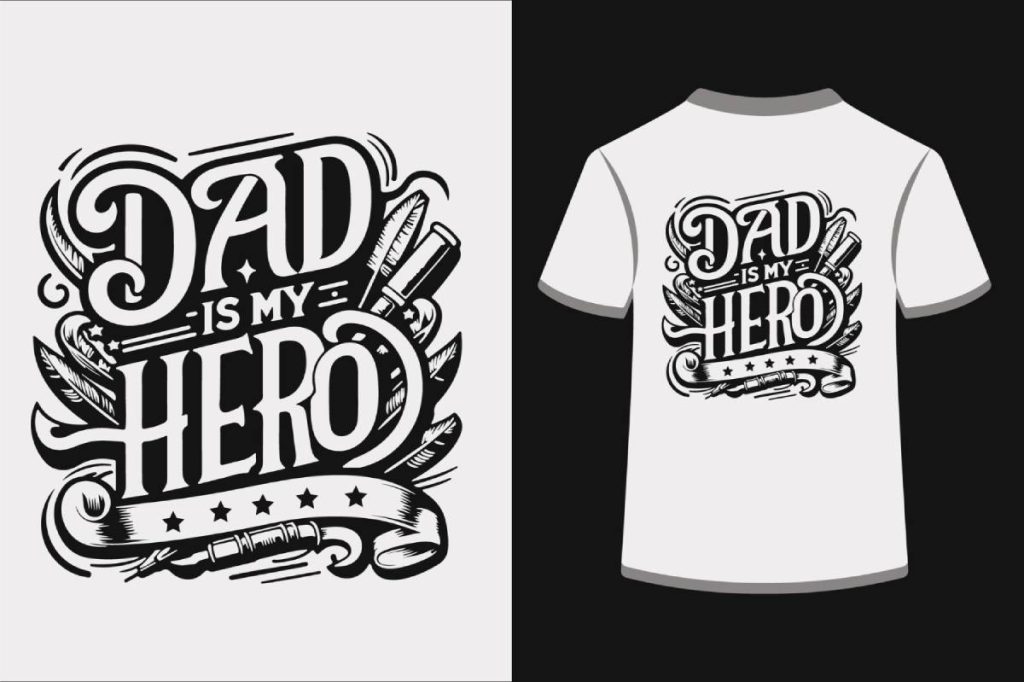In the ever-evolving landscape of modern printing, UV DTF printing stands out as a game-changer that combines innovation and efficiency. This cutting-edge technology employs UV-curable inks, allowing for remarkable print quality and material versatility across various substrates. Unlike traditional printing methods, which can be constrained by speed and detail limitations, UV DTF delivers vibrant, high-definition prints with minimal turnaround time. Its cost-effectiveness makes it an attractive choice for businesses seeking to optimize both production and environmental impact, enabling them to reduce waste and enhance sustainability. As more industries recognize the benefits of UV DTF, it is clear that this method is reshaping the printing world with its superior capabilities and advantages over conventional techniques.
Exploring the realm of contemporary printing, UV DTF printing—often referred to as Ultra Violet Direct to Film—presents a striking alternative to established techniques such as screen and digital printing. This innovative process not only achieves exceptional clarity and color intensity but also offers unparalleled versatility in materials, accommodating a wide array of surfaces. By evaluating the comparative aspects of speed, efficiency, and long-term savings, businesses can see the substantial advantages this newer method offers. Furthermore, the eco-friendly nature of UV DTF aligns perfectly with the growing focus on reducing environmental impact in production practices. As the demand for high-quality and sustainable printing solutions rises, embracing this technology becomes increasingly essential for competitive success.
Introduction to UV DTF Printing
UV DTF (Direct-to-Film) printing represents a significant evolution in the realm of printing technologies. Unlike traditional methods that often restrict creativity and efficiency due to their inherent limitations, UV DTF utilizes advanced UV-curable inks to allow for exquisite detail and clarity on a variety of substrates. This innovative printing method not only enhances print quality but also guarantees a faster turnaround, making it a favorite among businesses aiming to meet high market demands.
Furthermore, UV DTF printing is lauded for its capacity to print on unconventional materials, ranging from textiles to rigid surfaces, providing unparalleled material versatility. This adaptability opens up new possibilities for creative expressions in branding and product design that traditional printing methods often cannot compete with. As more companies seek to distinguish themselves in crowded markets, the allure of UV DTF printing continues to grow.
The Advantages of UV DTF Over Traditional Printing Methods
The advantages of UV DTF printing when compared to traditional methods are multi-faceted. One of the most prominent benefits lies in its remarkable print quality. UV DTF can produce images with sharp details and vibrant colors, which stand out against what is often achievable through traditional screen printing. Many users find that the detail resolution of UV DTF exceeds that of conventional techniques, which may struggle with complex designs.
Moreover, traditional printing methods generally require multiple inks or passes to attain similar quality, which can dilute final outputs. UV DTF, however, minimizes this problem by allowing for single, high-quality prints that maintain integrity across various substrates. This efficiency not only enhances the final product but also ultimately fosters a smoother workflow for companies engaged in high-volume or customized printing.
Speed and Efficiency of UV DTF Printing
Speed and efficiency are critical in the printing business, where deadlines and high-demand outputs are the norms. UV DTF printing excels in this arena, primarily due to its rapid curing process facilitated by ultraviolet light. This swift curing allows businesses to deliver finished products at an accelerated pace, which is especially beneficial for operations that thrive on quick turnarounds.
In contrast, traditional printing methods, particularly screen printing, require significant preparation time and may involve multiple application passes, leading to prolonged production cycles. The streamlined approach of UV DTF allows for quick setups and less waiting time, translating into increased productivity and output that meets the pace of today’s fast-moving market.
Cost-Effectiveness in UV DTF Printing vs. Traditional Methods
When evaluating cost-effectiveness, UV DTF printing presents compelling advantages, particularly in short-run production scenarios. While the initial investment for UV DTF equipment may be higher relative to some traditional options, the long-term savings typically outbalance the upfront costs. Thanks to the reduced material waste and the rapid nature of production, businesses can optimize their budgets, especially when dealing with customized prints or limited editions.
In traditional printing, on the other hand, ongoing expenses can accumulate significantly due to greater material consumption and labor costs associated with longer production times. As companies increasingly strive for both quality and economical solutions, the cost-effectiveness offered by UV DTF becomes a critical factor in its rising popularity among printers of all sizes.
Environmental Benefits of UV DTF Printing
In an era where environmental awareness is paramount, the choice of printing technology can significantly impact a company’s carbon footprint. UV DTF printing is viewed as a more sustainable option, primarily due to the reduced waste generated in the printing process. The technology utilizes UV-curable inks, which are often free from harmful solvents and chemicals, contributing to a lesser environmental impact compared to many traditional printing methods.
Moreover, the efficiency of UV DTF reduces the emissions associated with longer production cycles and high levels of material waste often seen in conventional methods. By choosing UV DTF printing, companies can make strides toward embracing green practices, appealing to eco-conscious consumers who prioritize sustainability in the products they purchase.
The Future of UV DTF Printing
The future of UV DTF printing looks promising as advancements in technology continue to shape the landscape of the printing industry. In response to the increasing demand for customization and high-quality outputs, manufacturers are innovating to enhance the capabilities of UV DTF machines. This innovation is likely to improve print quality, increase speed, and expand the range of materials that can be utilized in UV DTF printing.
As these improvements unfold, more businesses are expected to adopt UV DTF technology for its versatility and potential to produce striking prints that cater to diverse market needs. The ongoing evolution of UV DTF printing signifies not only a shift toward more efficient methods but also highlights the industry’s commitment to meeting contemporary consumer preferences in speed, quality, and environmental responsibility.
Frequently Asked Questions
What are the key advantages of UV DTF printing compared to traditional printing methods?
UV DTF printing offers several advantages over traditional methods, including superior print quality with vivid colors and sharp details, faster production speeds due to efficient curing under UV light, and greater material versatility that allows printing on various substrates. Additionally, UV DTF technology can be more cost-effective in the long run for short-run jobs and is generally more environmentally friendly than many traditional printing methods.
How does print quality in UV DTF printing compare to traditional printing methods?
The print quality of UV DTF printing is renowned for its high-definition results, producing sharp details and vibrant colors that often exceed those achieved through traditional printing methods like screen printing. This is largely due to the use of UV-curable inks that create a durable and precise finish, suitable for intricate designs and details.
Is UV DTF printing a cost-effective solution compared to traditional printing methods?
While the initial investment in UV DTF printing equipment may be higher than traditional methods, the long-term savings can be significant. UV DTF printing reduces material waste and offers quicker production capabilities, especially for customized or short-run jobs, thereby translating into cost-effectiveness for businesses.
What types of materials can be used with UV DTF printing compared to traditional printing methods?
UV DTF printing is highly versatile and can be used on various materials, including fabrics, rigid surfaces, and unconventional substrates. In contrast, many traditional printing methods, like screen printing, are limited to specific fabrics or materials and may struggle to handle intricate designs on diverse surfaces.
What is the environmental impact of UV DTF printing versus traditional printing methods?
UV DTF printing typically has a lower environmental impact than traditional methods. It generates less waste and uses UV inks that are often less harmful compared to solvent-based inks found in some traditional printing processes. This makes UV DTF an attractive option for businesses seeking to adopt more sustainable printing practices.
What recent developments have influenced the popularity of UV DTF printing over traditional methods?
Recent developments in UV DTF printing technology, including advancements in machine capabilities and increased print quality, have significantly influenced its rising popularity. As businesses seek more efficient, customizable, and high-quality printing solutions, UV DTF has become a preferred choice over traditional methods, especially in markets demanding personalized products.
| Aspect | UV DTF Printing | Traditional Printing Methods |
|---|---|---|
| Print Quality | Exceptional print quality with vivid colors and sharp details. | May face limitations based on substrate types and requires multiple passes which dilute detail. |
| Speed and Efficiency | Faster curing process under UV light, enabling higher production volumes in less time. | Longer setup times and multiple passes can hinder efficiency, especially in screen printing. |
| Material Versatility | Can print on various substrates, including fabrics and rigid surfaces. | Typically limited to specific fabric types and may not handle intricate designs well. |
| Cost-Effectiveness | Higher initial investment but greater long-term savings due to rapid production and reduced waste. | Lower setup costs but can incur higher expenses over time with extensive labor and material usage. |
| Environmental Impact | Produces less waste and uses less harmful inks, making it more eco-friendly. | May use higher chemical inks and produce greater waste compared to UV DTF. |
Summary
UV DTF printing is rapidly becoming a leading option in the printing industry, offering remarkable advantages over traditional methods. The innovative technology, which uses UV-curable inks for direct printing, ensures exceptional quality, efficiency, and versatility across a broad range of substrates. As sustainability becomes a critical factor for businesses, UV DTF printing stands out by reducing waste and employing less harmful materials. With the ongoing advancements in this printing method, it is clear that adopting UV DTF technology will not only meet consumer demands but also pave the way for a more competitive edge in the market.



